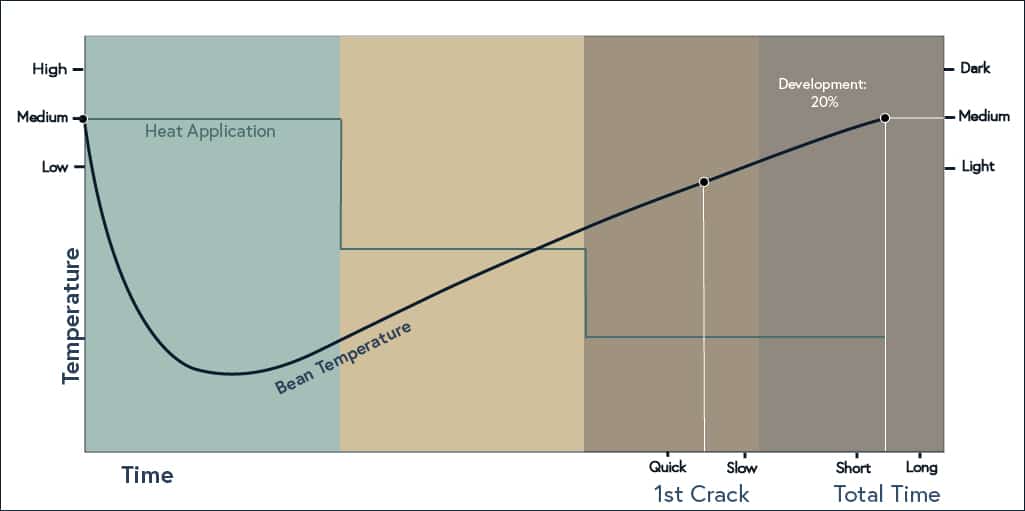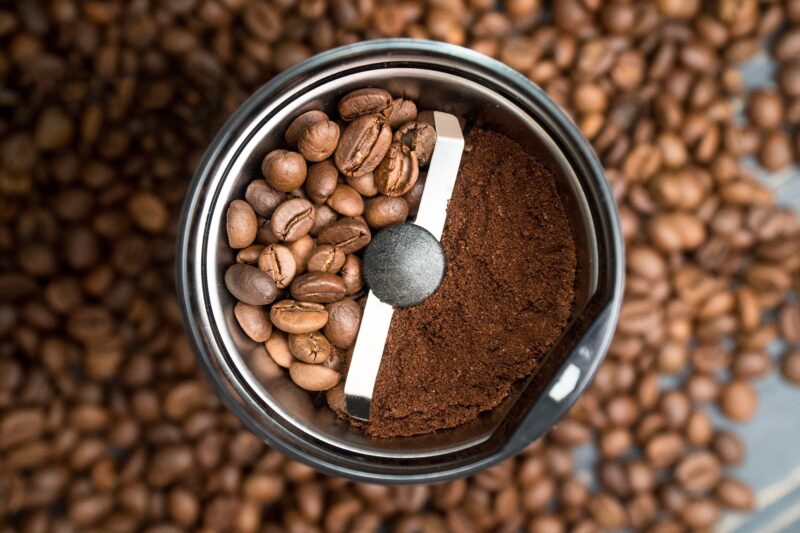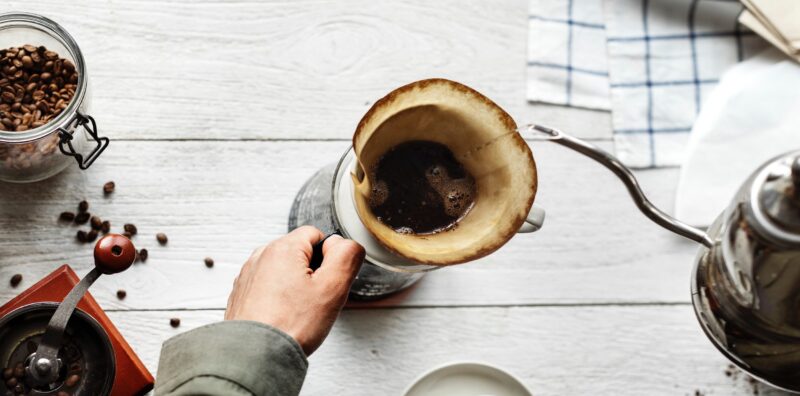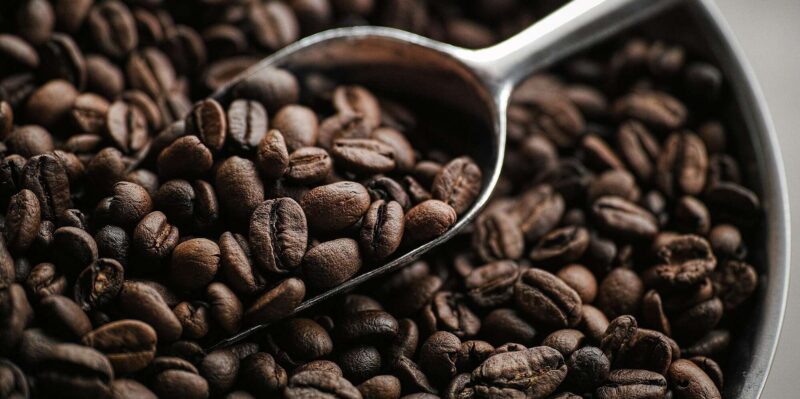Creating your own unique blend of coffee is an art form, a science, and a journey into a world of flavor that is both enriching and satisfying. As we step into 2024, the trend of blending coffee beans at home is not just a fad but a deep dive into the complex, aromatic universe of coffee.
This comprehensive guide is designed to walk you through the process of mixing coffee beans to create a blend that is distinctly yours.
Understanding Coffee Bean Varieties
The first step in creating your own coffee blend is understanding the different types of coffee beans. The most common varieties are Arabica and Robusta, each with distinct characteristics. Arabica beans are known for their sweet, soft taste and higher acidity, while Robusta beans are more robust and bitter, with a stronger, earthier flavor.
However, within these two categories, there are numerous sub-varieties, each with unique flavor profiles influenced by their growing region, climate, and processing methods. Exploring these varieties will give you a foundation for understanding the flavors you might want to incorporate into your blend. Lux Cafe Club will take care of curating the perfect blend of coffee beans tailored to your liking.
The Importance of Roast Profiles

Roast profiles significantly impact the flavor of coffee beans. They range from light to dark roasts, each bringing out different qualities in the beans. Light roasts tend to preserve more of the bean’s original character and exhibit more acidity, while dark roasts develop richer, bolder flavors with less acidity.
Medium roasts offer a balance, with a good mix of the bean’s inherent qualities and the flavors developed through roasting. When creating a blend, consider how different roast profiles can complement each other to create a harmonious and complex cup.
Region and Terroir: The Taste of Place
Coffee beans from different regions carry the essence of their terroir – the environment in which they are grown. Beans from Latin America often have crisp, apple-like acidity, while African beans are known for their floral and fruity notes. Asian coffees can offer earthy, woody flavors. The key is to understand how these regional characteristics can complement or contrast each other in a blend to create a unique profile.
The Art of Blending: Finding Balance

The art of blending coffee is about finding a balance of flavors that work harmoniously together. It’s not just about mixing different beans; it’s about understanding how each component contributes to the overall cup.
Start with a base bean that will form the main character of your blend. Then, add beans that can add complexity, aroma, acidity, or depth. The goal is to achieve a blend where no single bean overpowers the others, but rather each enhances the overall flavor.
Experimentation: The Key to Perfection
Experimentation is crucial in creating your blend. Start small, with two or three different beans, and adjust the ratios as you go. Take notes on each blend – the beans used, their proportions, and the resulting flavors. This will help you refine your blend over time. Remember, coffee blending is an iterative process, and the perfect blend might take several attempts to achieve.
Grinding and Brewing: The Final Steps
The way you grind and brew your coffee will also affect the taste of your blend. Different brewing methods can highlight different aspects of your coffee. For instance, a French press will emphasize the body and depth, while a pour-over can bring out the acidity and clarity of flavor. The grind size should match your brewing method – coarser for methods like French press and finer for espresso or pour-over.
Tasting and Tweaking

Tasting is a critical part of the blending process. As you sample your coffee, pay attention to the body, acidity, sweetness, bitterness, and overall flavor profile. What works? What doesn’t? Adjust your blend based on your taste preferences. Maybe a bean needs to be roasted differently, or the ratio of one bean to another needs changing. This step is all about refining your blend until it meets your desired taste.
Pairing With Food
Understanding how your coffee blend pairs with food can also be an exciting aspect of the blending process. Some coffees may go well with sweet pastries, while others might pair better with savory dishes. Experiment with different food pairings to see how they can complement or enhance the flavors in your coffee.
Exploring Processing Methods and Flavors
Understanding the impact of processing methods on coffee bean flavor is crucial. The main methods – washed, natural, and honey – each imparts different characteristics. Washed beans offer a cleaner and brighter profile with pronounced acidity, perfect for highlighting subtle flavors.
Natural processing gives beans a sweeter, fruitier note with a heavier body, due to drying with the cherry. Honey processing, a blend of the two, leads to a smooth and complex profile.
Mastering Bean Selection and Proportioning

Selecting and proportioning beans is central to creating a balanced blend. It involves identifying desired qualities like brightness, body, or sweetness, and choosing beans that contribute these attributes.
For example, a Brazilian bean’s chocolaty smoothness can be complemented by a hint of a citrusy Ethiopian bean. Proportions are key; too much of a strong-flavored bean can overpower, while too little may go unnoticed. This step demands a blend of knowledge and intuition, with small batches and gradual adjustments allowing each bean’s nuances to contribute to the overall harmony of the blend.
Sharing Your Creation
Finally, share your unique blend with friends and family. Getting feedback from others can provide new perspectives on your blend and help further refine it. Plus, there’s nothing quite like enjoying a cup of coffee that you’ve created, especially when it’s shared with others.
Summary
In conclusion, creating your own coffee blend is a journey that is as rewarding as it is delicious. By understanding the different variables that go into a blend and experimenting with them, you can craft a coffee that is not just a beverage, but a personal expression of taste and creativity. Enjoy the process, and savor the results!
Related Posts:
- Tips on How to Turn a Photo into a Paint by Number…
- How Does Your Snap Score Go Up? 5 Ways To Increase…
- What Is Architectural Glass? A Comprehensive Guide…
- Is Colorado School of Mines Football Good? - In…
- How Much Extra Virgin Olive Oil to Consume Per Day:…
- How to Get Married in the UK? Tips and Insights for…













